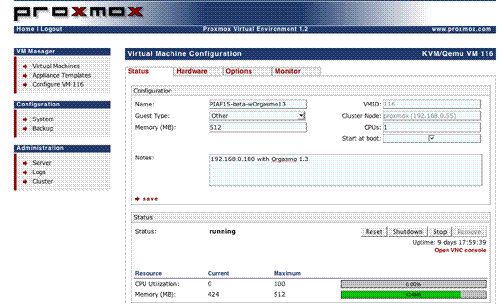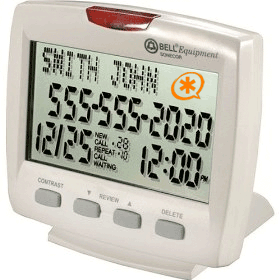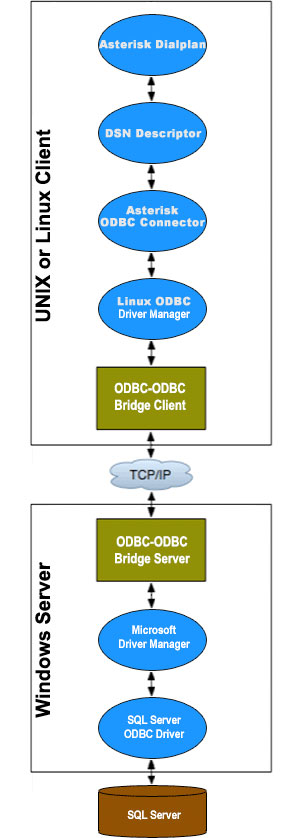Some Summertime Distractions for Asterisk Lovers
Today Nerd Vittles serves up a smorgasbord of summertime distractions including FreeNum, Roku, SMS with Asterisk, Bing, Napster, Wordle, Google Latitude, Hurricane Tracking, favorite blogs, and, of course, Twitter.









 JUST RELEASED: Visit the Incredible PBX Wiki
JUST RELEASED: Visit the Incredible PBX Wiki
